Indoor plants are more than just pretty decorations; they bring life, fresh air, and calm energy into our living spaces. But for many plant lovers, watering can be one of the trickiest aspects of plant care. Too little water, and leaves droop or turn crispy. Too much, and roots suffocate, leading to deadly rot. Finding the “just right” watering balance is essential, but it can feel confusing because every plant has unique needs.
To help you master this skill, plant experts emphasize that the key to watering success lies in understanding your plants’ biology, environment, and soil. This article explores expert-recommended techniques, signs of overwatering and underwatering, the best tools to use, and how to tailor watering habits to different indoor plants. By the end, you’ll have a confident strategy for keeping your green companions thriving.
Why Proper Watering Matters
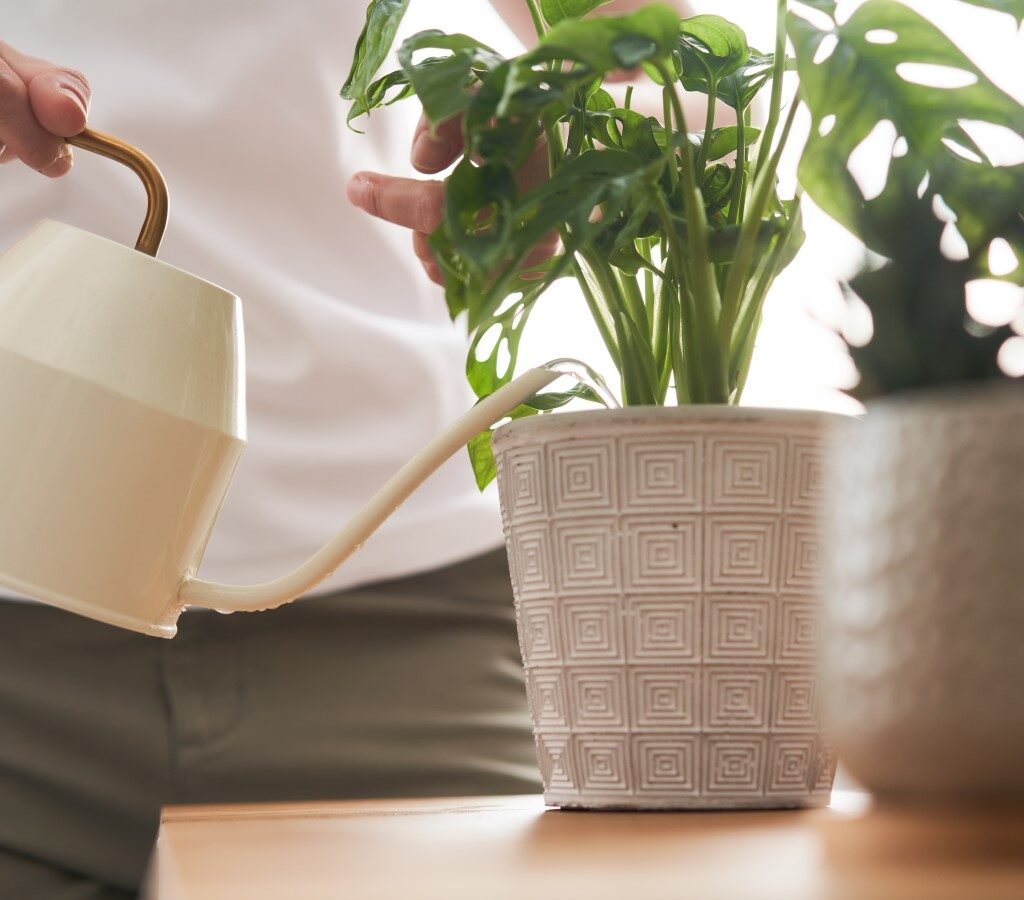
Water plays several essential roles in plant health:
- Nutrient transport: Moisture carries minerals from the soil to the roots and up through the plant.
- Photosynthesis support: Without water, plants cannot produce energy efficiently.
- Temperature regulation: Evaporation through leaves helps plants maintain proper internal temperatures.
- Turgor pressure: Adequate water keeps plant cells firm, giving stems and leaves their structure.
When watering is mismanaged, plants quickly show stress. Overwatering suffocates roots, creates a breeding ground for fungi, and often leads to yellowing leaves. Underwatering causes wilting, crispy leaf edges, and stunted growth. Experts agree: learning to water correctly is the single most important factor in long-term plant survival indoors.
Factors That Affect Indoor Plant Watering Needs
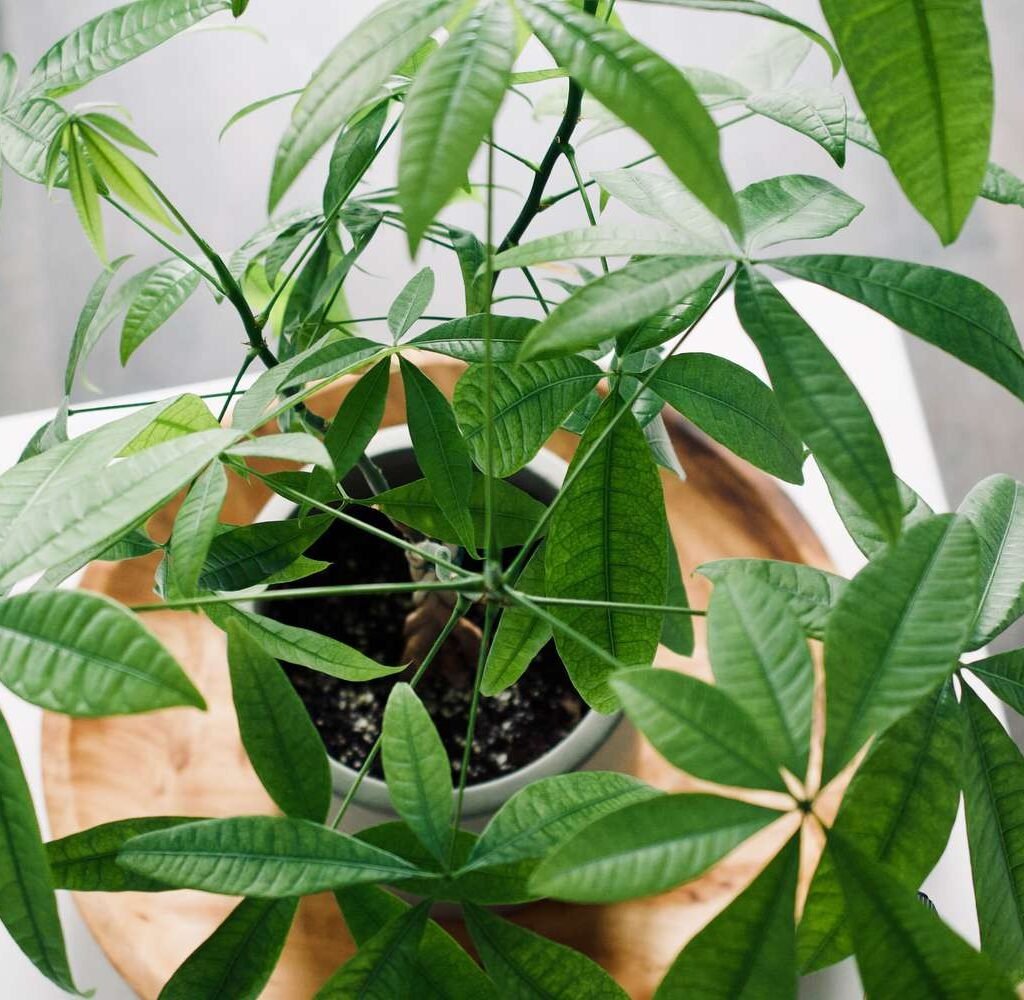
Not all plants or environments are the same, so there’s no universal “once a week” rule. Here are the main factors to consider before reaching for your watering can:
1. Plant Type
- Tropical plants like peace lilies, ferns, and calatheas thrive in consistently moist (but not soggy) soil.
- Succulents and cacti store water in their leaves and stems, so they need less frequent watering.
- Flowering plants often require more water during blooming periods.
2. Soil Type
- Well-draining soil with sand, perlite, or bark allows water to move freely and prevents root rot.
- Dense or compact soil holds water longer, increasing the risk of overwatering.
3. Pot and Drainage
- Drainage holes are non-negotiable. Without them, water pools at the bottom and rots roots.
- Pot material matters: clay or terracotta dries soil faster, while plastic retains moisture longer.
4. Environmental Conditions
- Humidity: Plants in drier climates or heated indoor spaces dry out faster.
- Light levels: Plants in bright light need more water than those in low light because they photosynthesize and transpire more.
- Temperature: Warm environments increase evaporation and root activity, while cooler rooms slow it down.
5. Plant Size and Growth Stage
- Younger, actively growing plants require more frequent watering than dormant or mature ones.
- Large leafy plants lose more moisture through transpiration than smaller, slow-growing varieties.
Expert-Approved Watering Techniques
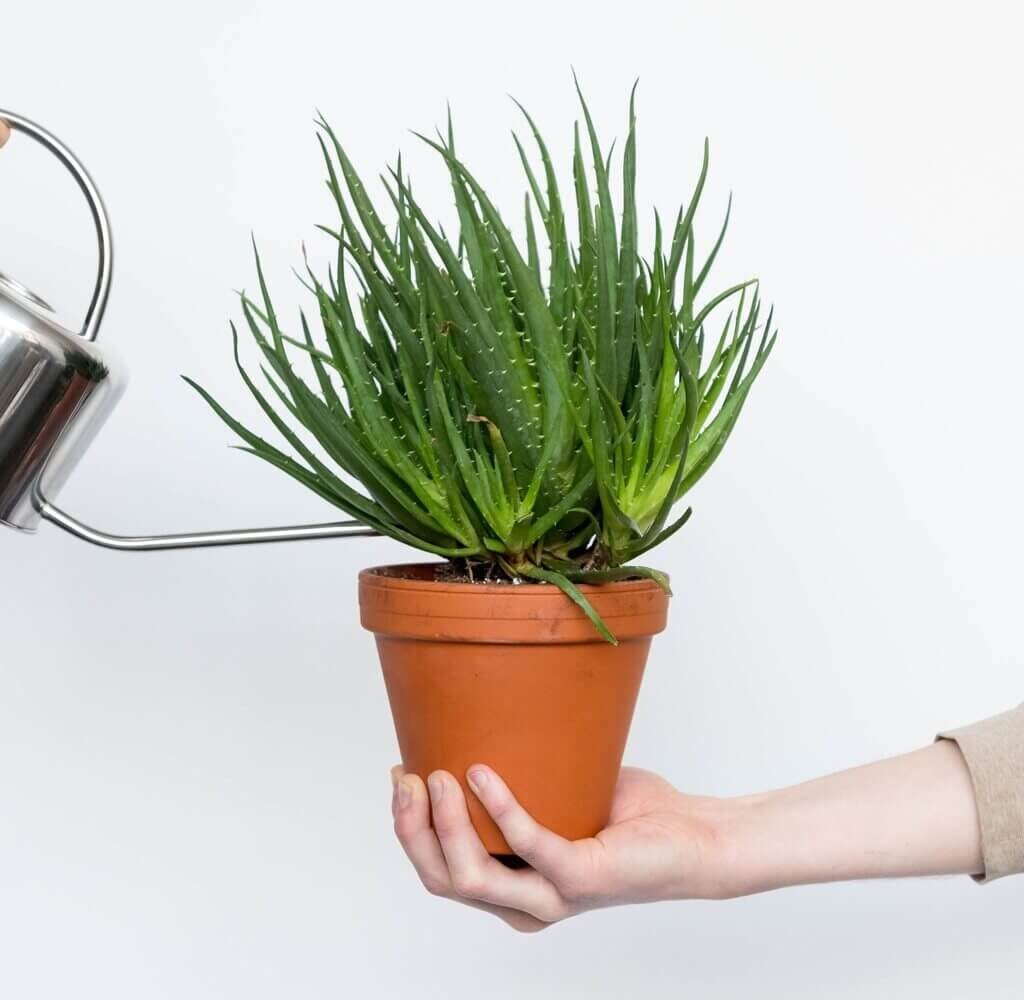
1. The Finger Test
Instead of relying on a schedule, insert your finger about 1–2 inches into the soil. If it feels dry, it’s time to water. If it’s still damp, wait a few days.
2. Bottom Watering
Fill a tray with water and place your plant’s pot inside for 15–30 minutes. The soil absorbs moisture through the drainage holes, ensuring roots get evenly hydrated. This method reduces the risk of surface-level overwatering.
3. Top Watering Correctly
When pouring water from above, do it slowly and evenly until water drains from the bottom. Empty the saucer afterward to prevent standing water.
4. Right Water Temperature
Experts recommend room-temperature water. Cold water can shock roots, while very hot water damages them.
5. Consistency Over Frequency
Plants prefer deep, thorough watering rather than small, frequent sips. Allow the soil to dry slightly between waterings, depending on the species.
Signs You’re Overwatering or Underwatering
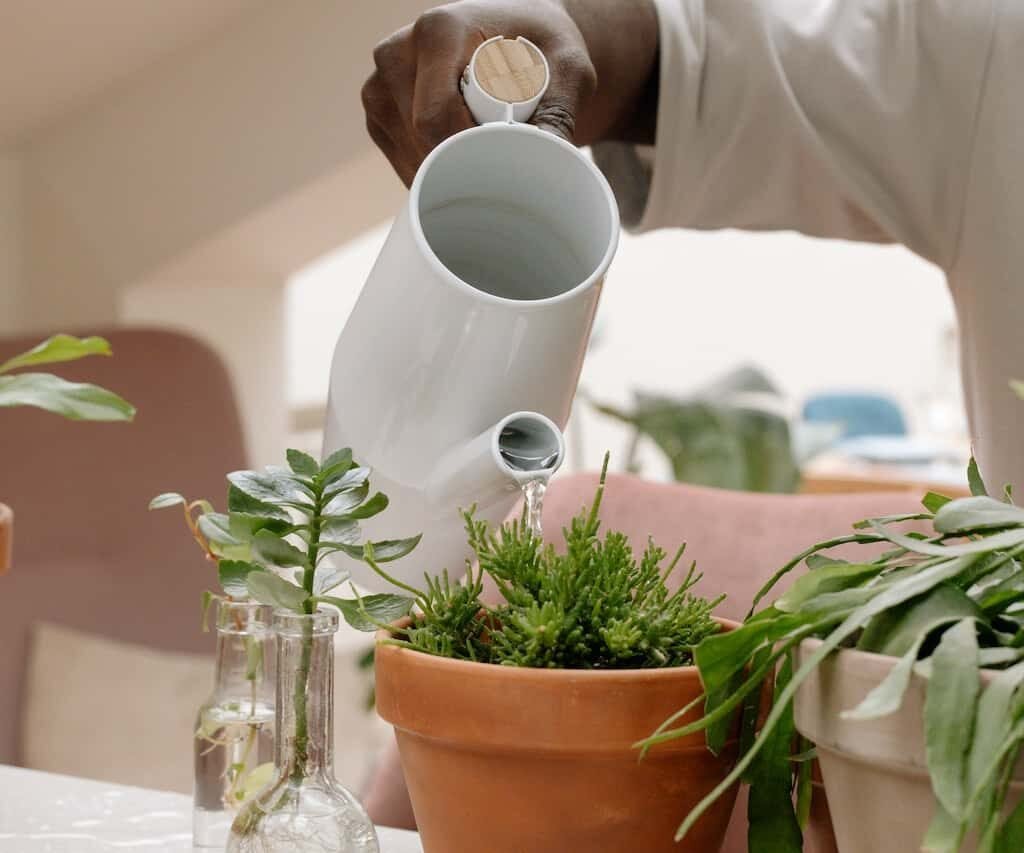
Overwatering Symptoms
- Yellowing or translucent leaves
- Mushy stems or roots
- Mold or fungus gnats near the soil surface
- Soil smells sour or musty
Underwatering Symptoms
- Wilting leaves that perk up after watering
- Brown, crispy leaf tips or edges
- Soil pulling away from the pot’s edges
- Stunted growth and dropping leaves
Experts note that it’s easier to revive an underwatered plant than an overwatered one, since root rot is often irreversible.
Seasonal Watering Adjustments
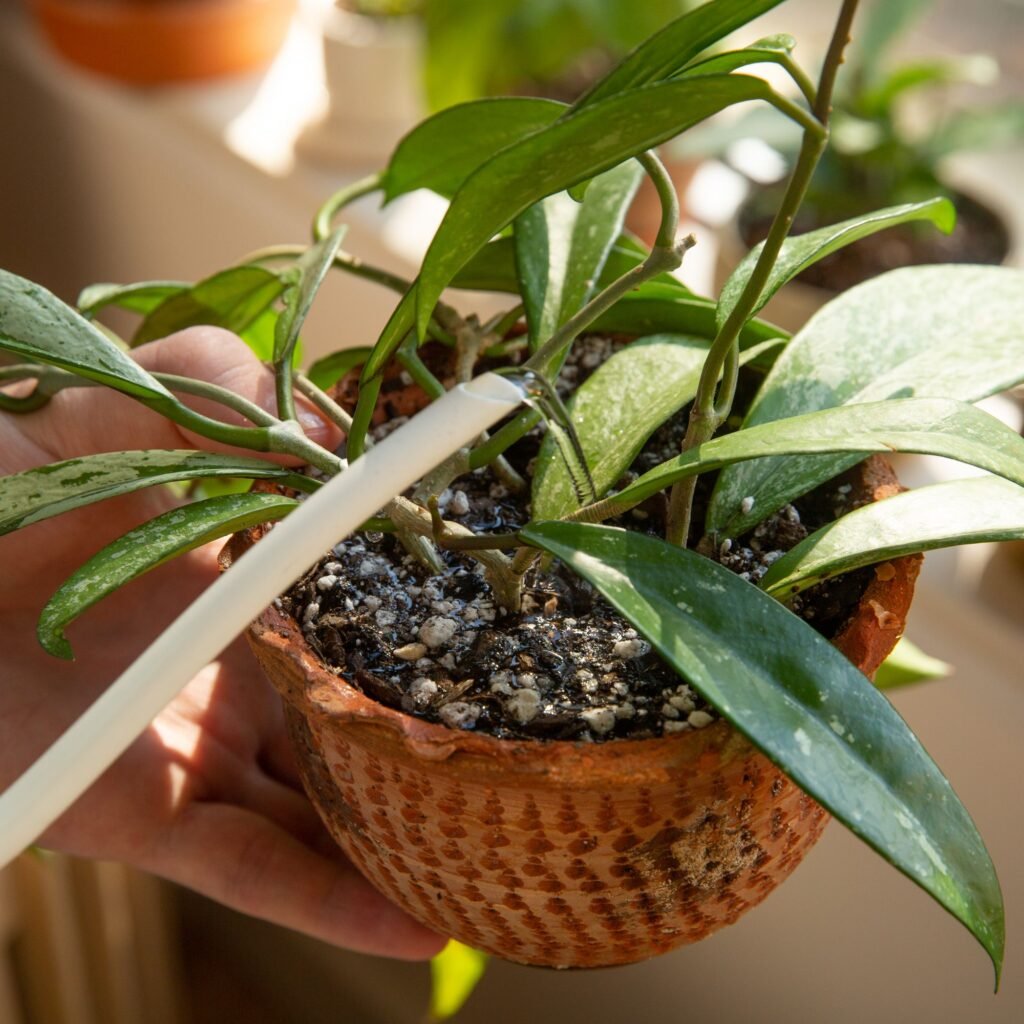
Plants’ water needs change throughout the year:
- Spring and Summer (Active Growth): Increase watering frequency as plants grow and transpire more. Fertilizer is often added during this time, so water helps distribute nutrients.
- Autumn: Begin reducing watering as light and temperature decrease.
- Winter (Dormancy): Most plants need significantly less water during dormancy. Succulents, in particular, may only need watering once every 3–4 weeks.
Watering Tools Experts Recommend
The right tools can make watering easier and more precise:
- Narrow-spout watering can: Allows you to direct water at the soil without splashing leaves.
- Moisture meter: Provides accurate readings of soil moisture, especially useful for beginners.
- Self-watering planters: Great for busy individuals; they supply consistent moisture without overwatering.
- Spray bottle: Helps maintain humidity for tropical plants but should not replace root watering.
Special Considerations for Different Plant Types
Succulents and Cacti
- Use the “soak and dry” method: water thoroughly, then let the soil dry out completely before watering again.
- Place in well-draining pots with sandy soil.
Tropical Plants
- Prefer evenly moist soil, but avoid soggy conditions.
- Benefit from regular misting or a humidifier to prevent leaf browning.
Orchids
- Require specialized watering: soak roots once a week, then let them drain fully.
- Avoid letting water sit in the crown of the plant to prevent rot.
Ferns
- Love consistently moist soil and high humidity.
- Should never dry out completely.
Common Watering Mistakes to Avoid
- Watering on a rigid schedule – Every plant has different needs; always check soil moisture first.
- Using hard tap water – Minerals and chlorine can damage sensitive plants. Experts suggest using filtered, rain, or distilled water when possible.
- Letting water sit in saucers – Standing water suffocates roots. Always empty saucers after watering.
- Watering leaves instead of soil – Wet leaves increase the risk of fungal diseases. Direct water at the soil.
- Overcompensating after forgetting – Giving a parched plant too much water at once can shock it. Instead, rehydrate slowly.
Expert Tips for Long-Term Success
- Group plants with similar watering needs together to avoid confusion.
- Adjust to your home’s microclimates—plants near radiators, vents, or windows dry out faster.
- Rotate plants regularly so all sides receive equal light and don’t develop uneven moisture needs.
- Keep a watering journal to track frequency and notice patterns in your plants’ needs.
- Observe, don’t assume—your plants will always show you what they need through their leaves, stems, and soil.
Final Thoughts
Watering indoor plants the right way is less about following a strict routine and more about paying attention. Experts agree that observation, patience, and flexibility are the keys to success. By understanding your plants’ individual requirements, checking soil before watering, and adjusting based on seasonal and environmental conditions, you’ll cultivate a thriving indoor jungle.
Remember: it’s better to underwater slightly than to overwater. With time, you’ll develop an intuitive rhythm, and your plants will reward you with lush growth, vibrant leaves, and blooms that brighten your home year-round.
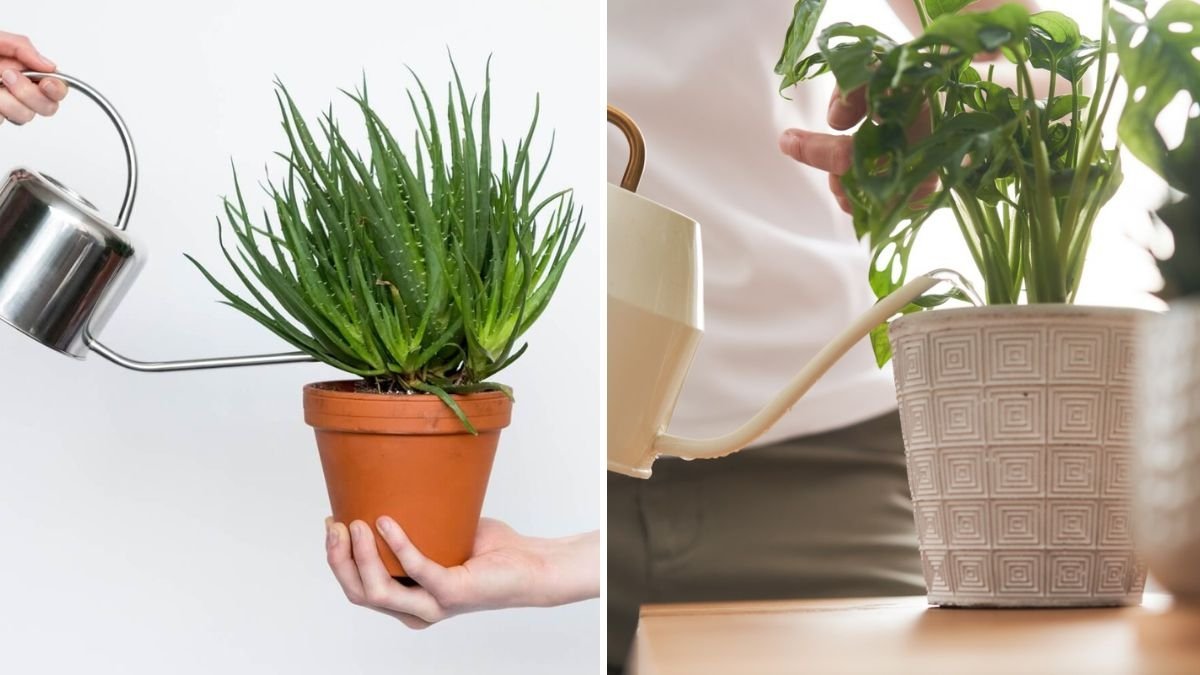




Leave A Comment